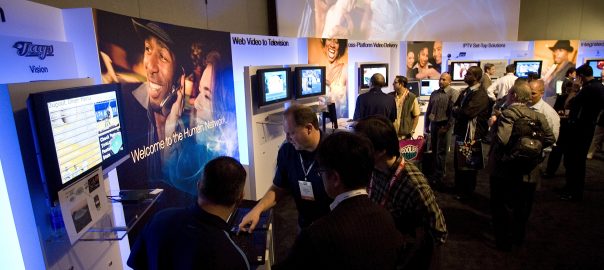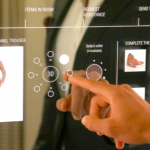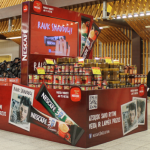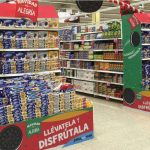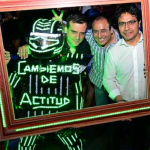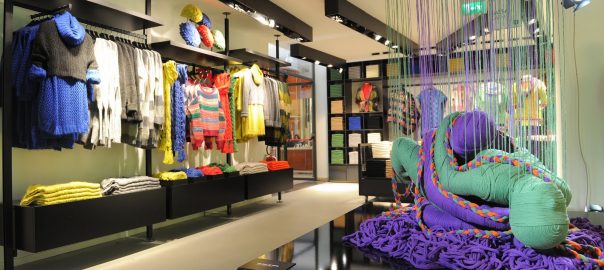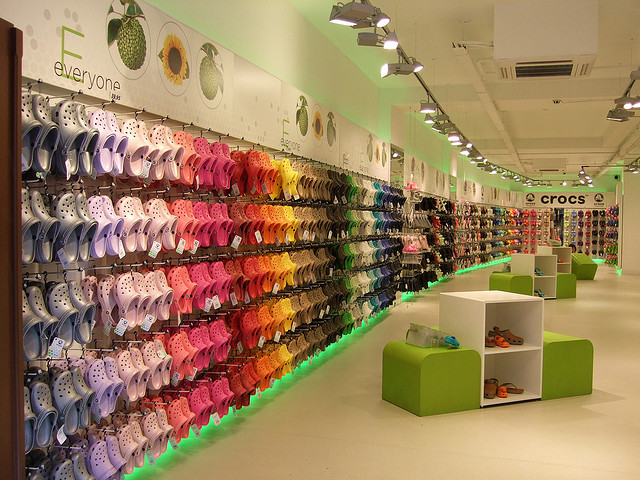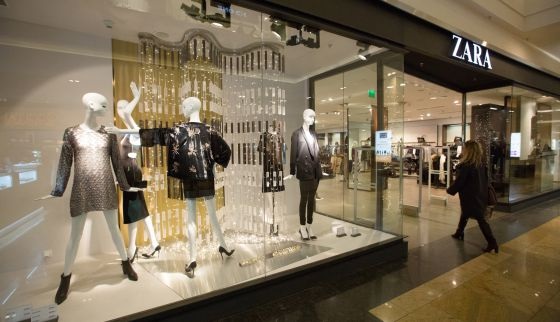Within the variety of disciplines of Below The Line, the organization, planning and execution of events is one of those that generate the greatest expectation among the public, as well as being one of the brands’ favorites.
At the end of last year, the investment destined to event marketing in Mexico was 12,450.9 million pesos, that is, 24.3 percent of the 51,879 million pesos that were invested in the BTL industry, besides being the second most important service. offered by agencies in the country.
Seminars, congresses, conferences, exhibitions, fairs, conventions, product presentations and festivals are some of the types of events that a brand, from the hand of a supplier, can develop for specific promotional purposes.
Trends in events
While a festival is very different from a seminar or convention, there are certain elements or trends that converge in the vast majority of events, and more in response to the demand of audiences to receive memorable experiences, which is ideal for brands that have , as one of its main objectives, to motivate an emotional connection with its audiences.
In this sense, Eventbrite and Global Meet and Events Forecats of American Express suggest the following trends.
- Convenience: that is, that the place where an event takes place has easy access routes, such as roads, airports, nearby hotels and other points that make their arrival and departure simple and optimize times.
- Non-traditional locations: museums, squares, not very used establishments, lounges, among other enclosures or outdoors are some of the sites that can work to improve the experience when dealing with unusual places to make an event, but which are sure to be attractive for the attendees.
- Use of new technologies: virtual reality, for example, is one of the most required in events of various kinds; thus the lived moment is maximized, as well as the emotions experienced.
- Live broadcasts, via streaming: César Monzón, Sony’s Digital Business Manager in Mexico and Latam mentioned in an interview that, thanks to this type of resource, a brand can increase interaction in social networks, as well as awareness and preference for the firm.
- Activation of sponsorships: acting as a sponsor in an event allows the development of other marketing actions at par, such as activations, direct marketing, delivery of promotional items, among others.
- Development of mobile apps of the event: create applications that show schedules of bands presentations and the scenario where they will be, that allow to select the groups of interest and emit alerts when they are close to going on stage, informative content about the event, among other types of Data optimizes the experience even more.
- Sustainable actions: applying circular economy actions such as the creation of thematic vessels, made from barley husk or compostable materials, is a trend that has been well received, which, in turn, bring added value to the consumer, improve branding , help the environment and make attendees feel identified with the brand.
Another aspect that, besides being a trend is a key factor and indispensable in any event, is the security for all attendees. In this regard, Fernando Famanía, Co-Ceo of the Ifahto agency mentioned in an interview that, in Mexico unlike other countries, it is a little care that should be a priority for brands and suppliers to guarantee not only the good execution, experience and results of the event, but also to safeguard the integrity of each and every one of the attendees.
Source: Lizbeth Sierra – InformaBTL


 Español
Español